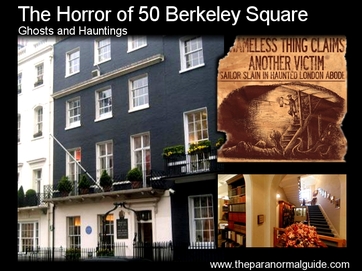
It is the home of the 'Nameless Horror', a brown, shapeless yet tendrilled mass, said to be capable of frightening those who see it to madness and even death.
50 Berkeley Square
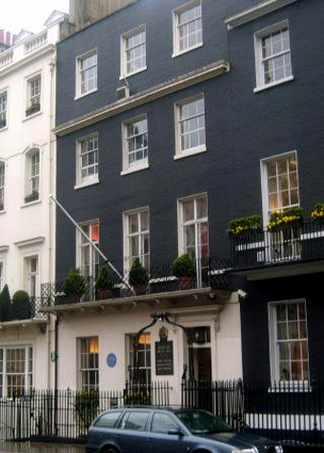 50 Berkeley Square.
50 Berkeley Square. The square has been home to a number of famous people, including Sir Winston Churchill, Prime Minister of the United Kingdom, and Robert Clive who secured India and its wealth for the British Crown.
It was also the home of George Canning, who served as Prime Minister of the United Kingdom in 1827. Canning lived in 50 Berkeley Square, and this is the building we will be focusing on, a building said to be the oldest, unaltered building in London.
The four storey brick town house, built in the late 18th century, has a rather chequered history, a number of deaths have taken place within its walls, but it is not the numbers of the deaths that is important, but rather in the manner in which they happened. Quite a few people are said to have perished due to the terror instilled within them by a nameless horror that claims the building as its home.
The 'Horror'
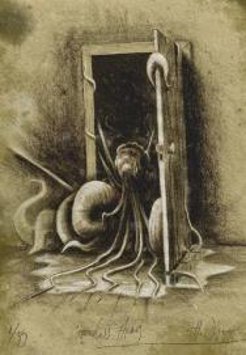 Rendition of the beast.
Rendition of the beast. Legend, and that's what most of the stories relating to number 50 are, has it that a young girl named Adeline threw herself out of the same window in order to get away from her abusive uncle. The type of abuse varies, but in all respects it was quite cruel. Her ghost was reported as early as 1789, and old newspapers report that "since then more than 50 respectable people have reported seeing Adeline clinging to the windowsill, about to drop to her doom."
Adeline's ghost is not just limited to having the last moments of her life, played out again and again, but also by moving furniture and making knocks and rapping in the uppermost rooms.
In 1872, aristocrat and politician Lord George Lyttelton stayed a night in the house for a bet. He set up a bed in the attic where he was to sleep the night, to test his resolve against the horror said to reside there. He did not really believe in the nonsense stories, but took a shotgun still for good measure.
During the night, an apparition in the form of a brown tendrilled misty mass appeared, and Lyttelton fired his gun at it. In the morning light, he looked for what he had fired at, but there were no remains or proof that he had hit anything at all. Lyttelton would later say that the upper rooms were "supernaturally fatal to body and mind."
In 1879 a new family had moved into the house, and one of the daughters was due to have her fiancée visit. The maid was sent upstairs to set up the attic room as a guest room. Soon she was heard screaming, and when the family ran up to see to the commotion, they found her on the floor, backed into the corner, repeating over and over again "Do not let it touch me".
She died the following day in an asylum.
Upon hearing this, a 'nobleman' stayed in the attic to get to the bottom of what had happened. He was a rather sceptical chap, but still the family told him to ring a bell they placed for him, if there was any trouble.
His is the first death officially reported in the house, the cause of death was 'from fright'. In the middle of the night the bell was heard to ring, frantically followed by a gunshot. He was found dead on the floor, his face a mask of terror.
Prelude to Terror
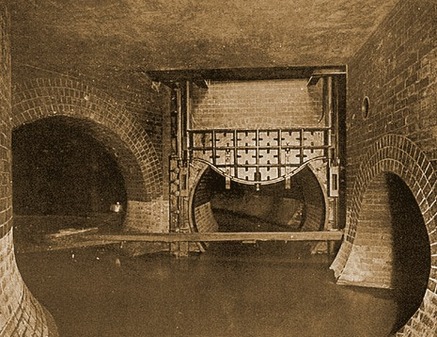 Could the beast live in the tunnels below Berkeley Square?
Could the beast live in the tunnels below Berkeley Square? The property was then leased by an old woman who passed away within its walls at age 90, no doubt a natural death.
In 1885 the property was bought by the Viscount Bearsted, who rented out the house to a man known simply as Mr Myers. Mr Myers was to be married and had the house furnished n the expectation of a family soon to follow. Unfortunately, just before the wedding, his wife to be ran off.
After the break up, Myers sank into a deep depression, in which he would spend the days locked in the attic room, where he slowly lost his mind. He would only leave the room at night, but in the end he was to be no more.
By this time, much due to the deaths and ghost stories, but also to the dilapidated condition the house was falling into, number 50 became known as the Haunted House in Berkeley Square.
By 1887 the house was once again empty, and due to the state and reputation, no one was too keen to move in. Luckily for the house two more victims arrived, this time in the form of two sailors – Edward Blunden and Robert Martin.
More Victims
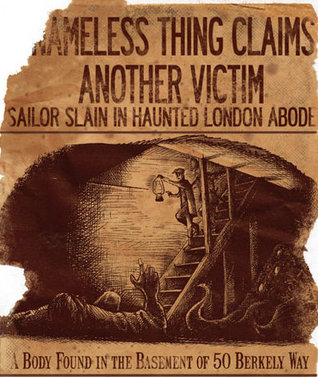 Old clipping about the deaths.
Old clipping about the deaths. They settled for a second floor bedroom, and soon Martin was asleep, but Blunden was restless and frightened. He could hear footsteps in the corridor, and soon the door opened. As Blunden watched, a dark and shapeless form entered the room. Blunden reached for a makeshift weapon, a fire poker from the fireplace.
The noise had awoken Martin, who saw the massive tendril strangling Blunden. Fearing for his own safety, Martin took the opportunity to run out the bedroom door, down the stairs, and out the building, where he soon ran into a police constable. Martin relayed the story and the two men went back to number fifty.
What they found was Blunden, dead on the pavement, he had either jumped or been thrown out of the second floor window, his body crushed by the fall. (other reports say he tripped and died of fright as he ran from the building or for a more gory version that Blunden was found dismembered in the basement or impaled on the spiked fence out the front of the property.)
50 Berkeley Square Today
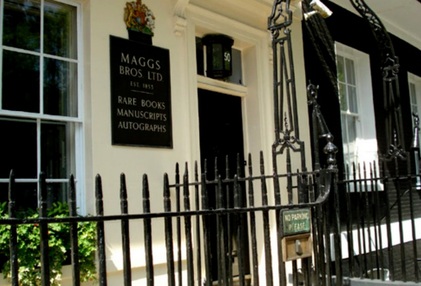 Maggs Brothers now takes up 50 Berkeley Square.
Maggs Brothers now takes up 50 Berkeley Square. Not because of the fear from the stories, but rather because they are not allowed to, as the police have placed a sign, a warning saying that the upper most rooms are not to be used for anything, not even storage.
If you take a look for information on this location for yourself you will find many more stories about the nameless horror on number 50 Berkeley Square, you will also find different versions of the stories told here.
As with the case of most ghost stories that stretch back any long length of time they are changed as they are retold, the versions posted here are my favourites.
Share your comments and thoughts below!
What do you think is taking place here?
Or is it all just overrunning imaginations?
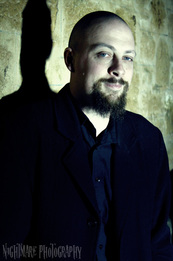
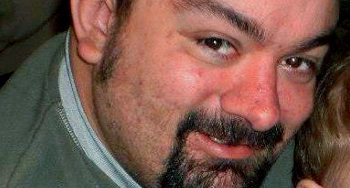


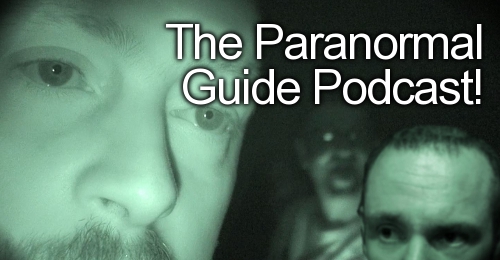
 RSS Feed
RSS Feed
